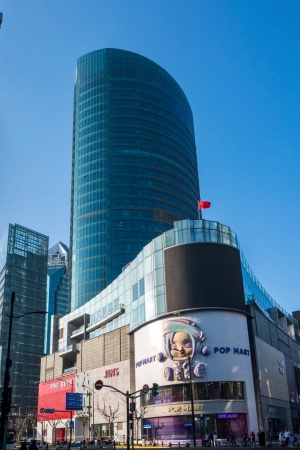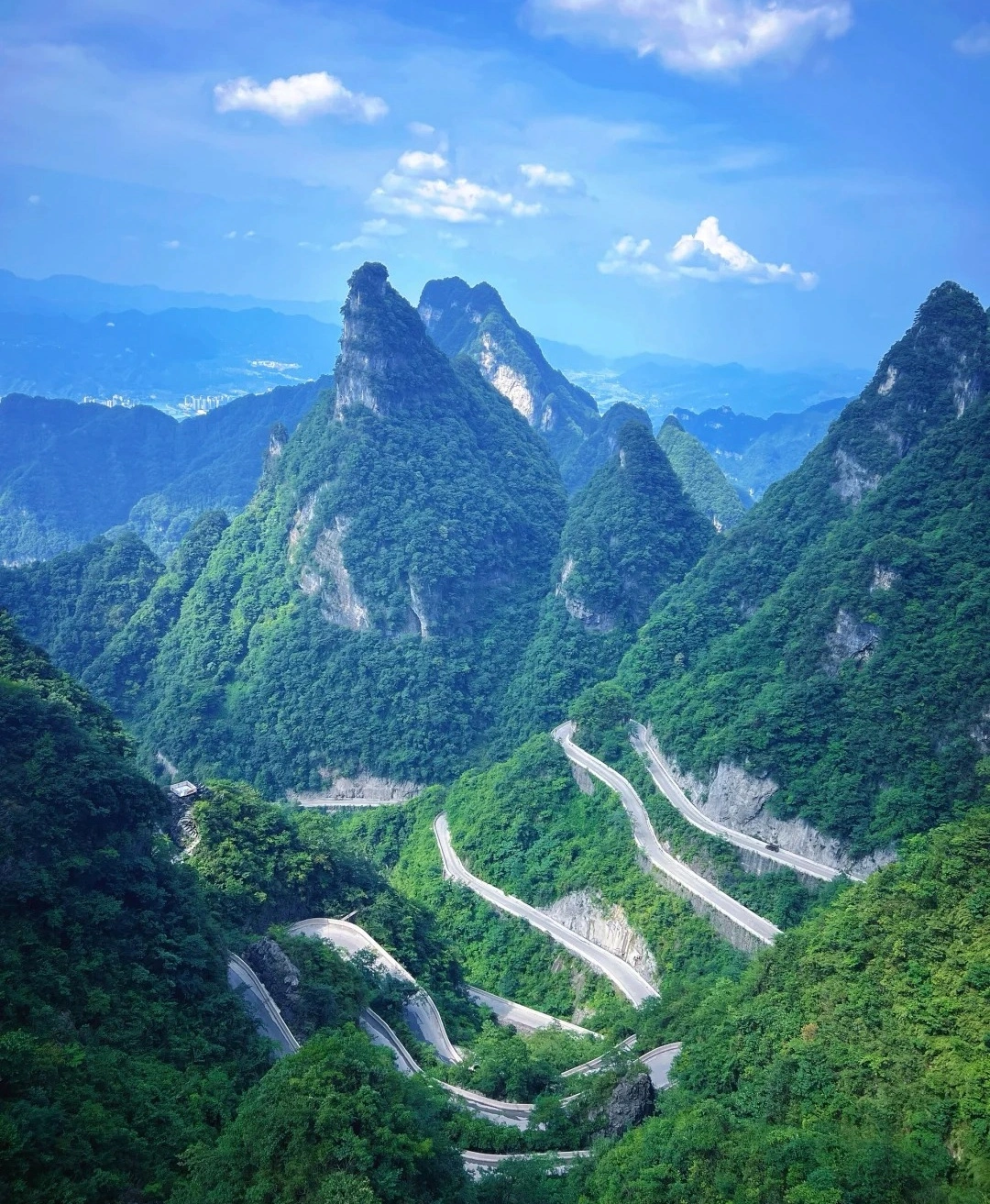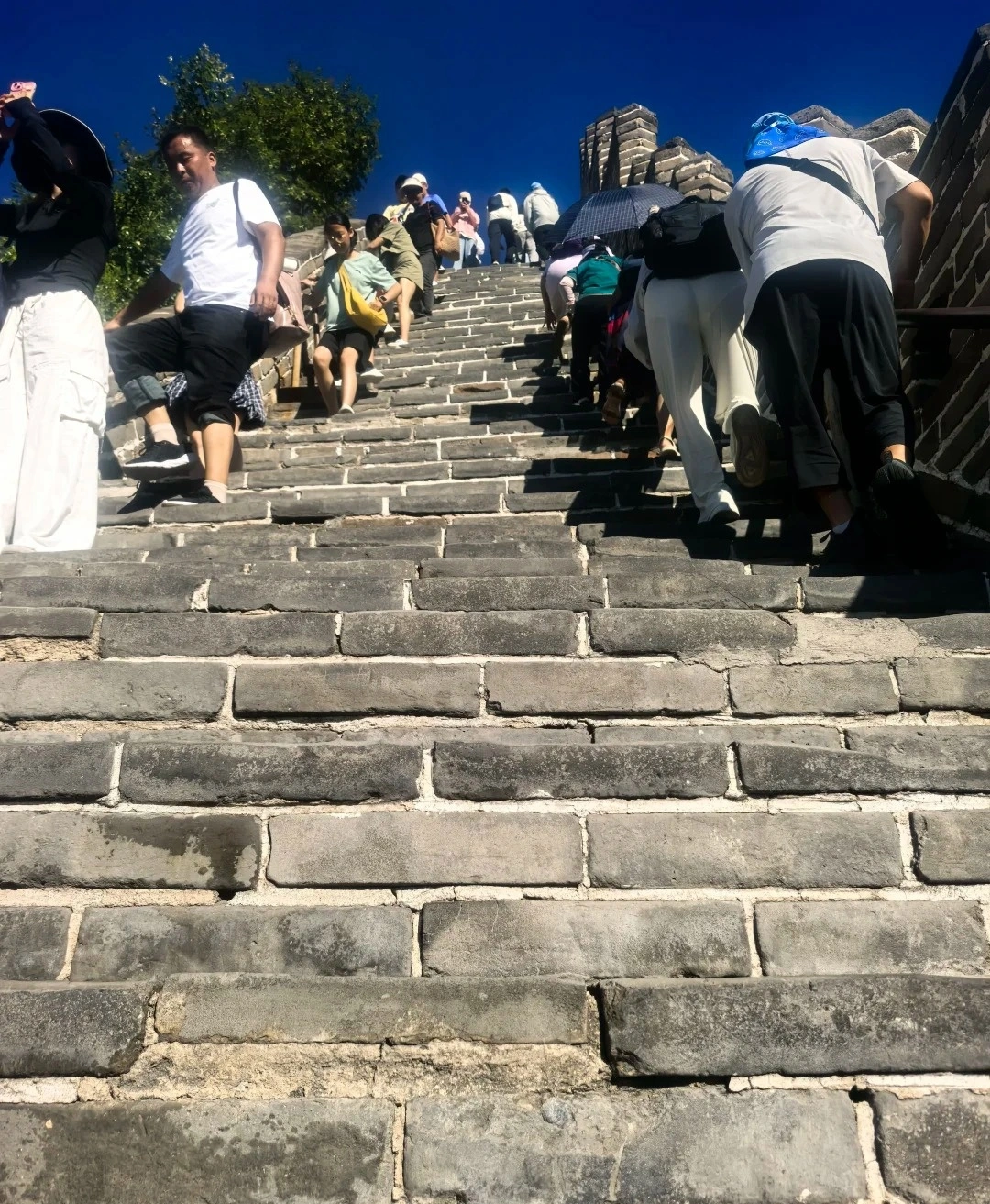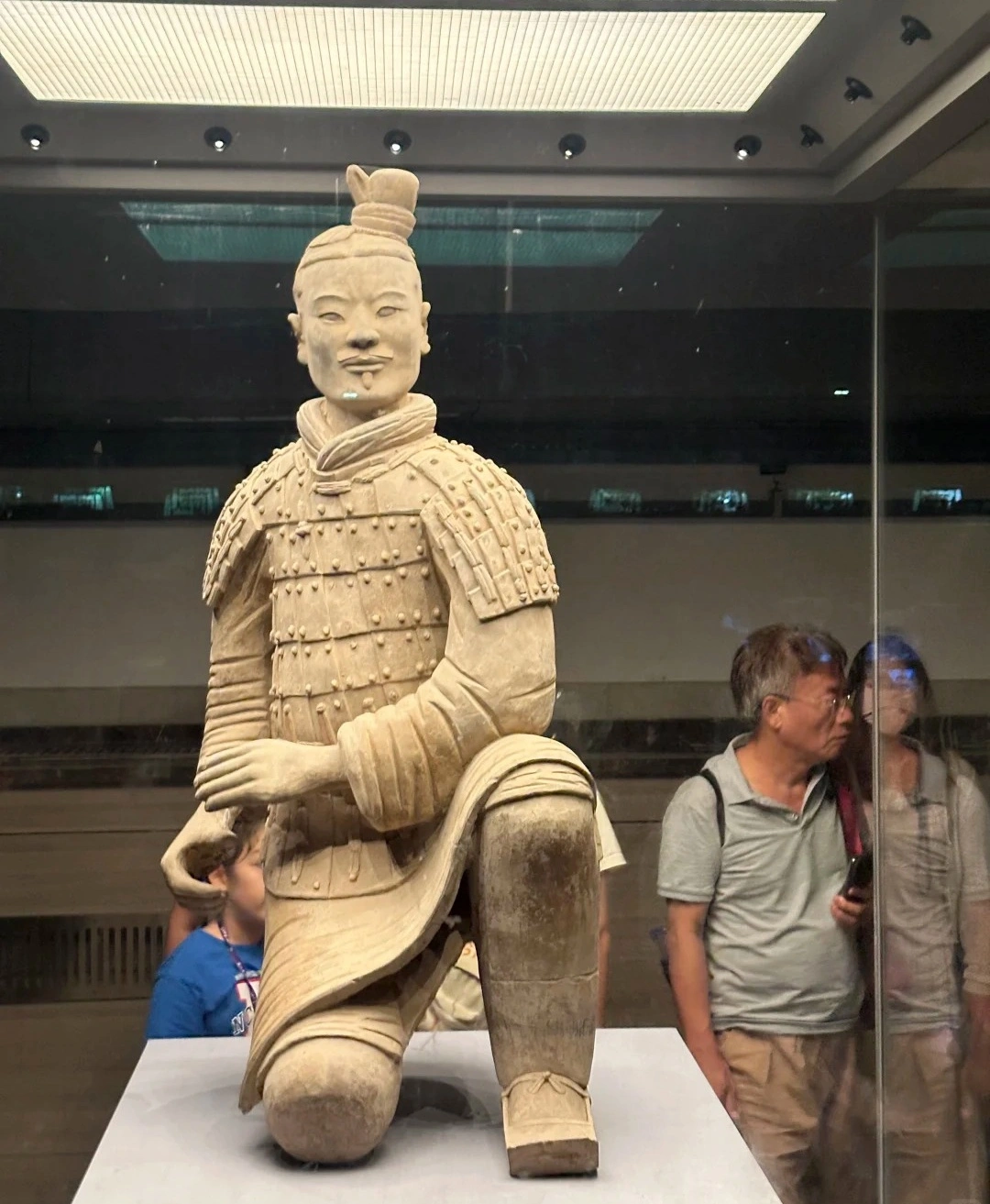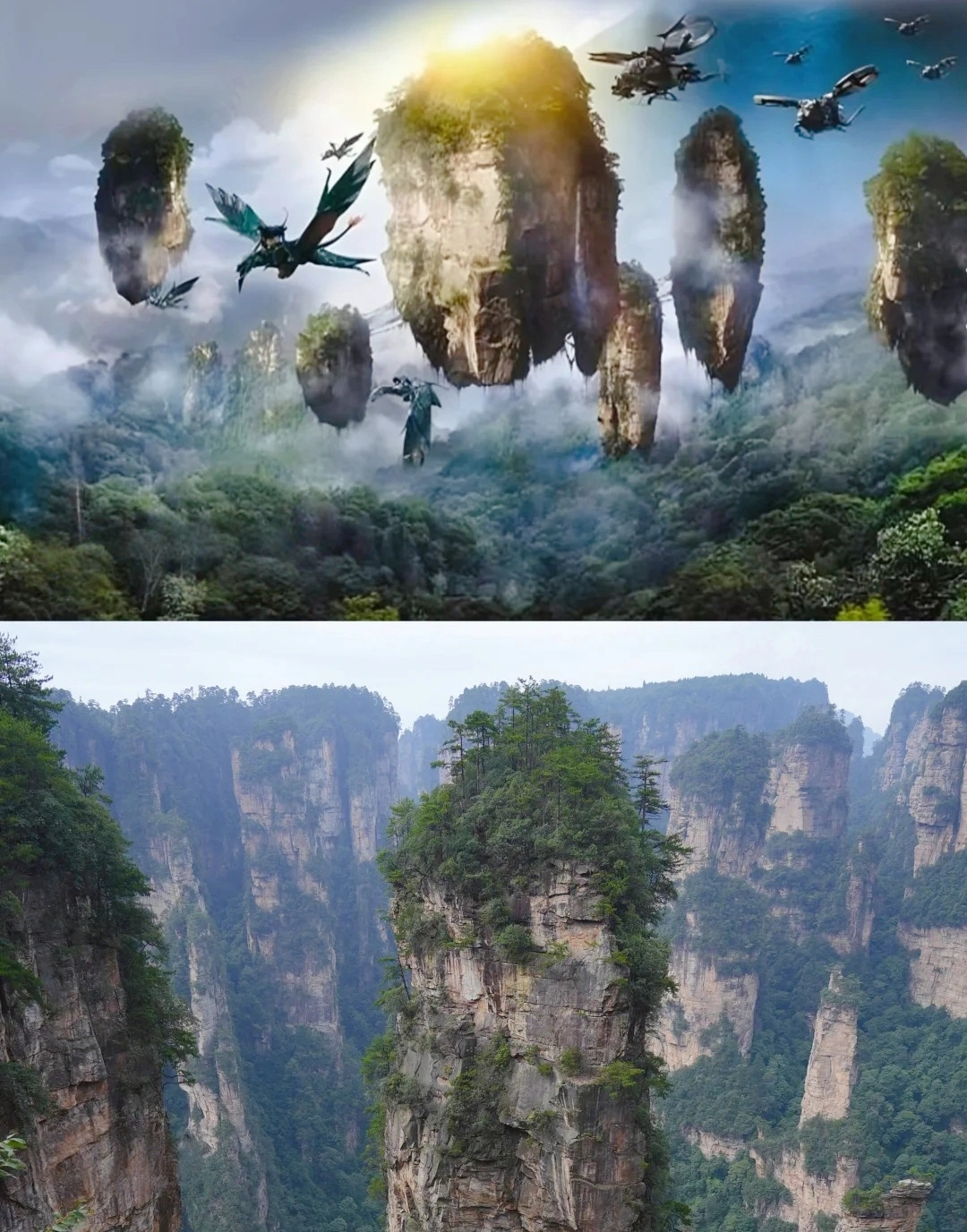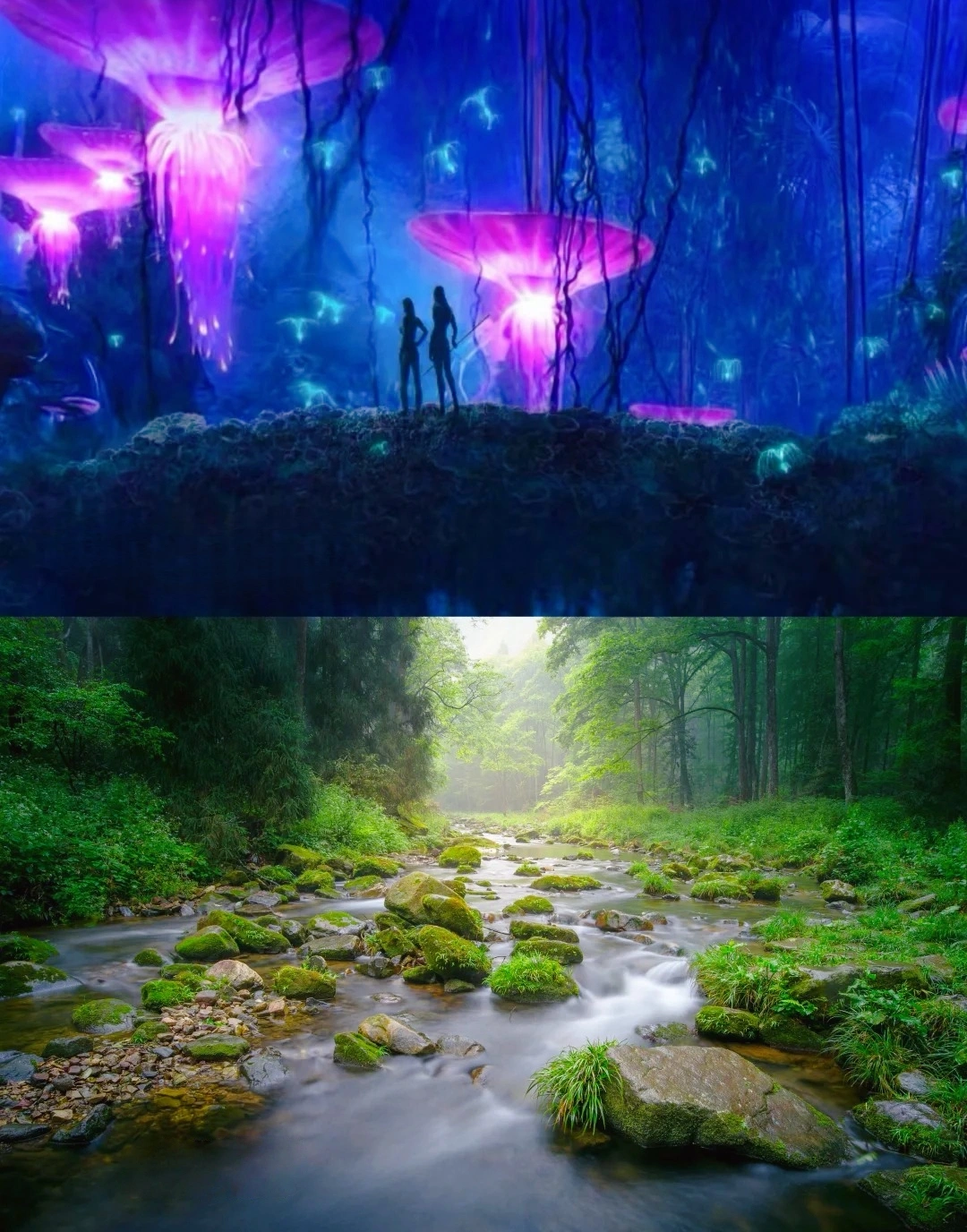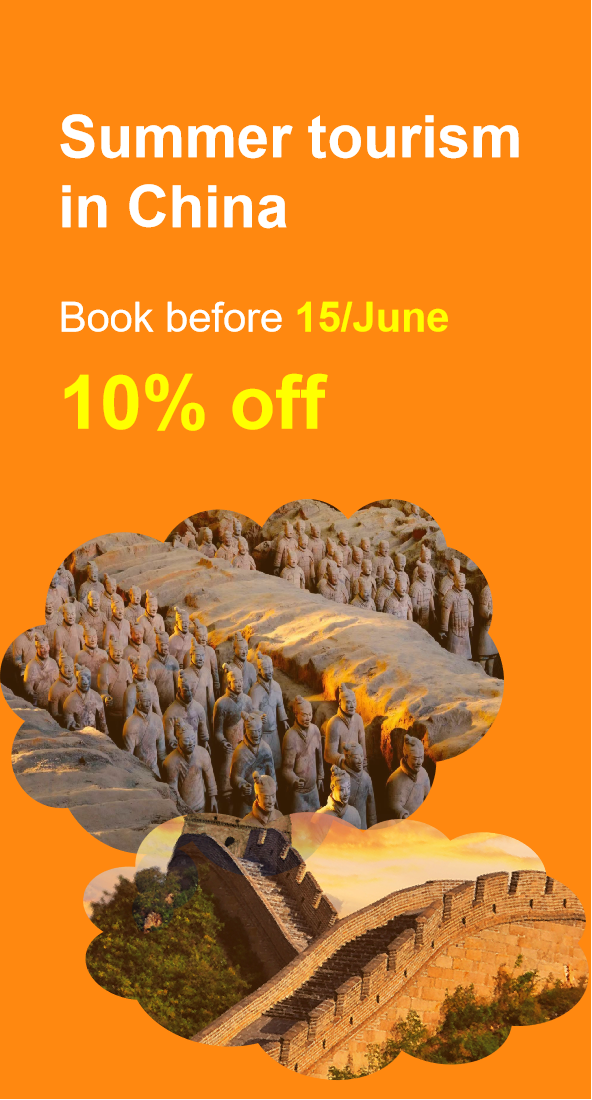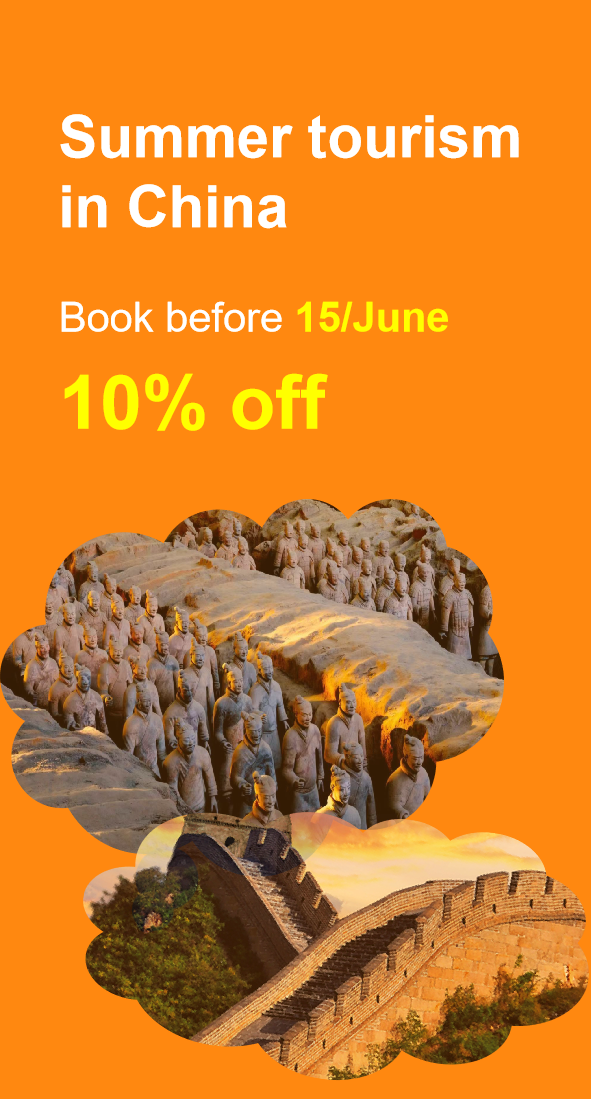Kongtong Mountain
Historical Overview
Kongtong Mountain’s Taoist legacy traces back to the Zhou Dynasty (1046–256 BCE), when the Yellow Emperor is said to have sought immortality here. By the Tang Dynasty (7th–10th centuries), it became a center for Taoist alchemy and meditation, with Emperor Xuanzong granting it imperial patronage. The mountain’s martial arts tradition emerged during the Ming Dynasty (14th–17th centuries), when Taoist monks fused Taoist philosophy with combat techniques, creating the Kongtong School’s signature "Eight Immortal Bridges" style. Though ravaged by war in the 19th century, the mountain’s temples were rebuilt in the 20th century, restoring its status as a Taoist pilgrimage site.
Structural Layout
The mountain spans 34 square kilometers, with 72 peaks forming a natural "lotus throne" and 108 Taoist temples and pavilions nestled among cliffs and pines.
Key features include:
Central Summit (Taixu Peak): At 2,123 meters, the highest point offering panoramic views of the Loess Plateau.
Three-Step Heavenly Ladder: A 200-meter staircase with 720 steps, symbolizing the Taoist journey to enlightenment.
Tianqiao Temple Complex: A cluster of 15 halls dedicated to the Three Pure Ones (Taoist deities), with intricate carved beams and gilded altars.
Major Attractions
Tianqiao Temple: The mountain’s spiritual heart, featuring a 12-meter-tall statue of the Jade Emperor and a 300-year-old bronze incense burner.
Eight Immortal Bridges Training Ground: Stone platforms where monks demonstrate Kung Fu forms, including the "Crane Stands on One Leg" and "Dragon Emerges from Water."
Taixu Peak Observatory: A stone pavilion used by Taoist astronomers to chart celestial patterns and predict auspicious dates.
Mystic Cloud Cave: A natural cave where the 1st-century Taoist sage Guang Chengzi is said to have meditated, now housing a shrine to his spirit.
Phoenix Pine Pavilion: A wooden terrace with a 500-year-old pine tree shaped like a phoenix, offering tea ceremonies and Taoist lectures.
Martial Arts Performance Stage: Daily kung fu shows featuring weapon displays, qigong routines, and staff-fighting drills.
Moon-Viewing Platform: A cliffside terrace where poets once composed verses under autumn moons, now a spot for sunrise photography.
Suggested Itineraries
Half-Day Pilgrimage (4–5 Hours)
Tianqiao Temple → Three-Step Heavenly Ladder → Mystic Cloud Cave → Phoenix Pine Pavilion → Martial Arts Performance Stage.
Highlights: Taoist temples, kung fu demos, and a steep climb for mountain views.
Full-Day Immersion (7–8 Hours)
Tianqiao Temple → Taixu Peak Observatory → Eight Immortal Bridges Training Ground → Pine Forest Corridor → Moon-Viewing Platform.
Highlights: Hiking, meditation, and celestial-themed attractions.
Multi-Day Spiritual Retreat (2–3 Days)
Add a night at the Kongtong Taoist Academy, where visitors can join morning chanting, calligraphy workshops, and qigong classes.
Highlights: Deep Taoist study, temple stays, and interactions with monks.
Ticket Purchase
Kongtong Mountain Entrance: ¥120 (adults), ¥60 (students/seniors).
Kung Fu Performance: ¥50 (included in some combo tickets).
Temple Donations: Optional (¥10–¥50 per shrine).
Guided Tours: ¥200–¥400 (2–3 hours, available in Mandarin/English).
Bus: From Pingliang City Bus Station, take a 1.5-hour ride to Kongtong Mountain (¥25 one-way).
Taxi: Charter a car from Pingliang (¥150–¥200 round-trip).
Tour Group: Join a Gansu cultural tour (¥800–¥1,200/day, includes Kongtong Mountain and Maiji Caves).
Self-Drive: Rent a car in Pingliang (mountain roads require caution; 4WD recommended in winter).
Best Time & Tips
Peak Season: April–October (mild weather, 10°C–25°C).
Avoid Crowds: Visit weekdays or early morning (opens at 7:30 AM).
Weather: Bring a raincoat (afternoon showers common in summer) and hiking boots (unpaved trails).
Essentials:
Respect temple rules—no loud talking, photography inside altars, or touching statues.
Wear loose clothing for kung fu demos or meditation sessions.
Try local "Taoist herbal tea" (chrysanthemum, ginseng, and wolfberry blend) at cafes.
Combine with a visit to Pingliang’s ancient stone carvings or the Maiji Caves for a full Gansu cultural tour.
Contact Us
What Our Clients Say?
Based on 10,000+ traveler reviews
